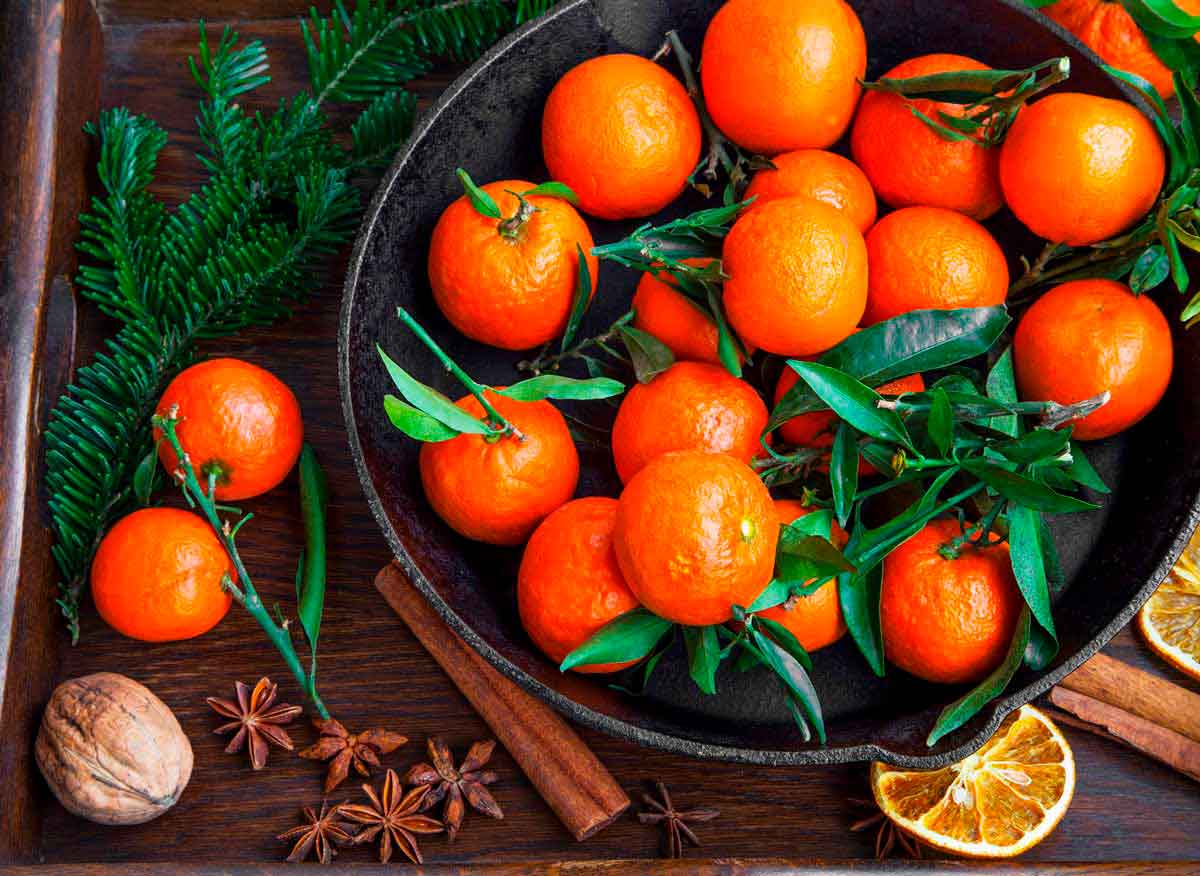Scientific name: Citrus reticulata.
Common name: mandarin.
English name: mandarin orange, mandarine.
Parts used: zest.
Properties: antispasmodic, analgesic, digestive and antibacterial, it is useful against insomnia and anxiety, and to prevent stretch marks. It promotes serenity and good humor.
Mandarin is one of the originals of the citrus genus together with cedar and pomelo, and the only sweet fruit among the three. Almost all citrus fruits derive from these three species.
The Mandarin name comes from China and is identical to the ancient political officials who were dressed in orange cloaks. It arrived in Europe around the year 1400, imported from Portugal and Spain.
It has properties in the leaves, flowers, and peel of the fruit, similar to sweet orange, but the vitamin C content is lower, while it is richer in carotenoids and especially Bromine. A yellow-gold liquid rich in limonene is extracted from the peel.
Its antispasmodic and anxiolytic activity is important. It also contains simple sugars and vitamins in addition to vitamin C and antioxidant factors.
A tree can bear 400 to 600 fruits. Many varieties are grown in Sicily (Satsuma, Avana, Paternò) and the late Mandarin of Ciaculli, protected by Slow Food, with a sugary taste, that is grown in the heart of the plain of the Conca d'Oro with a prolonged maturation until the first days of March.
Clementines are hybrids, more precisely between mandarin and bitter orange.
 the Authentic Florentine Tradition.
the Authentic Florentine Tradition.










